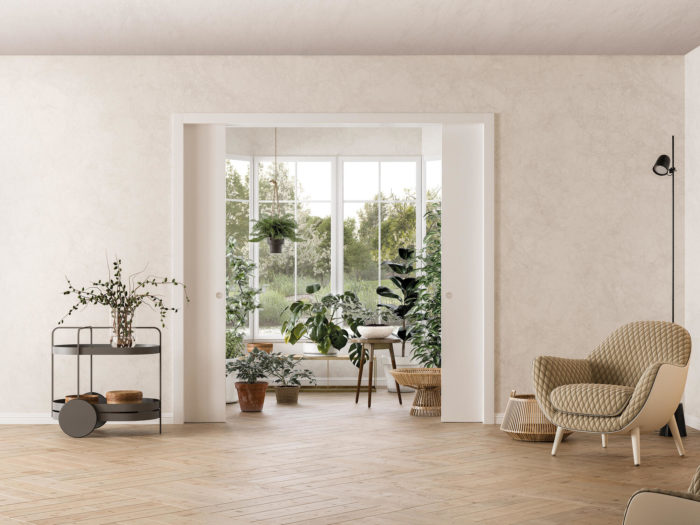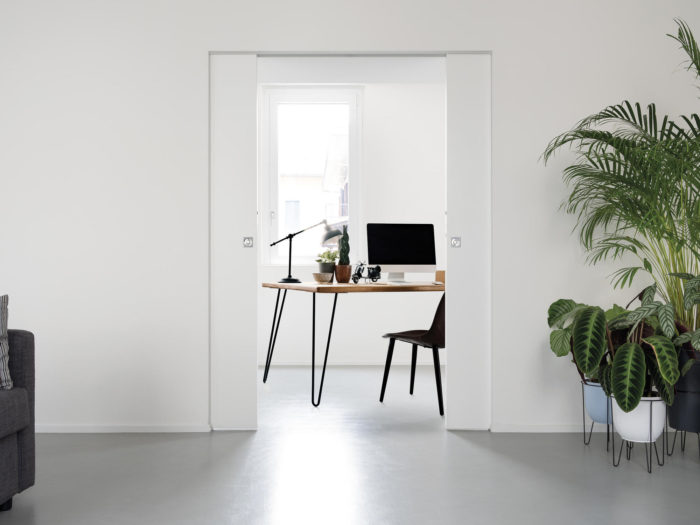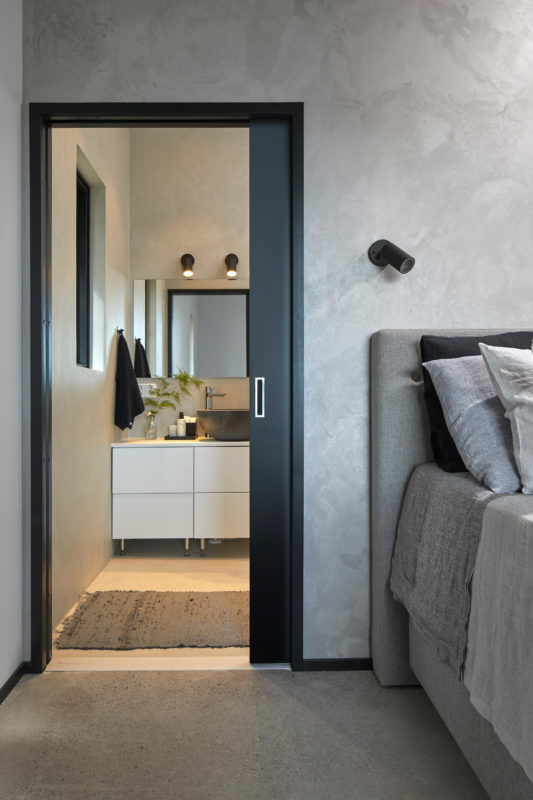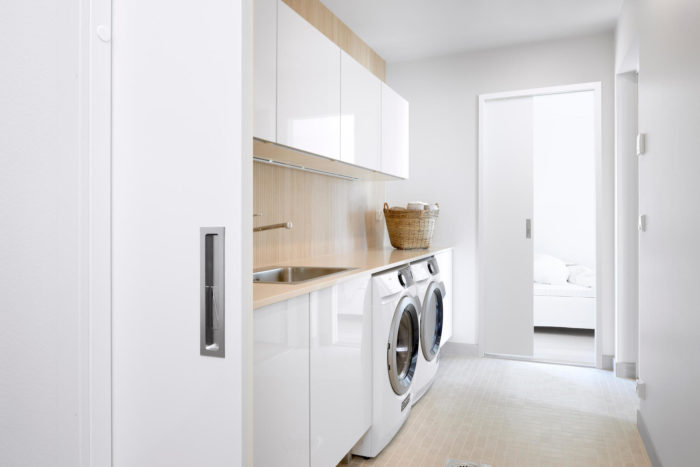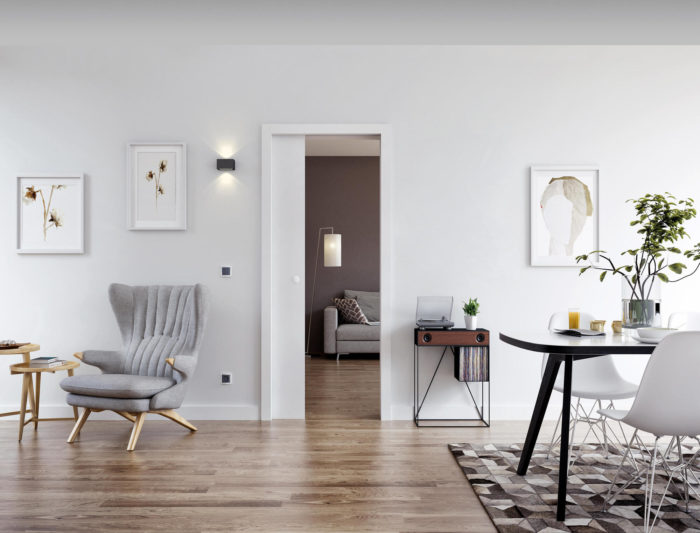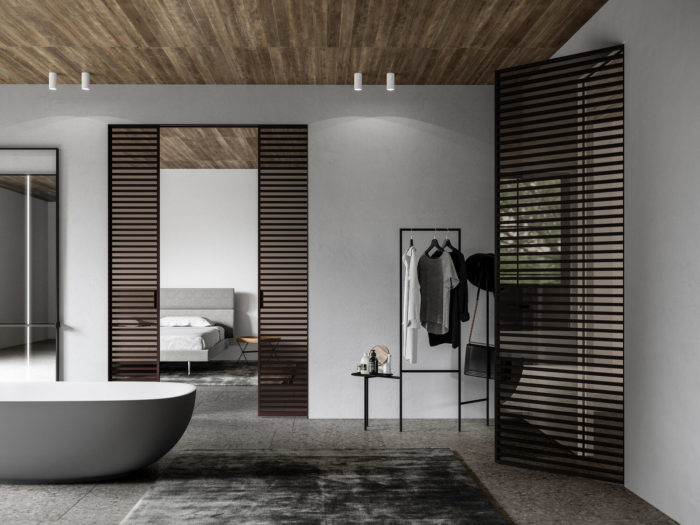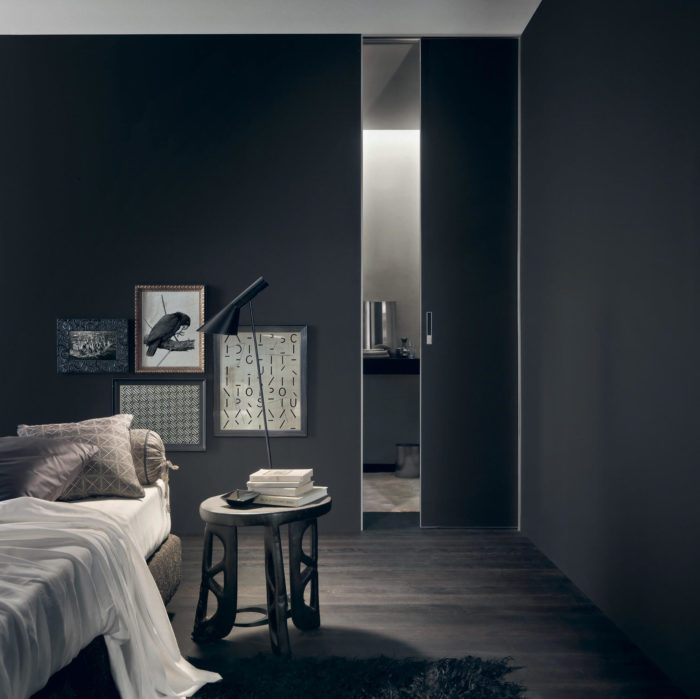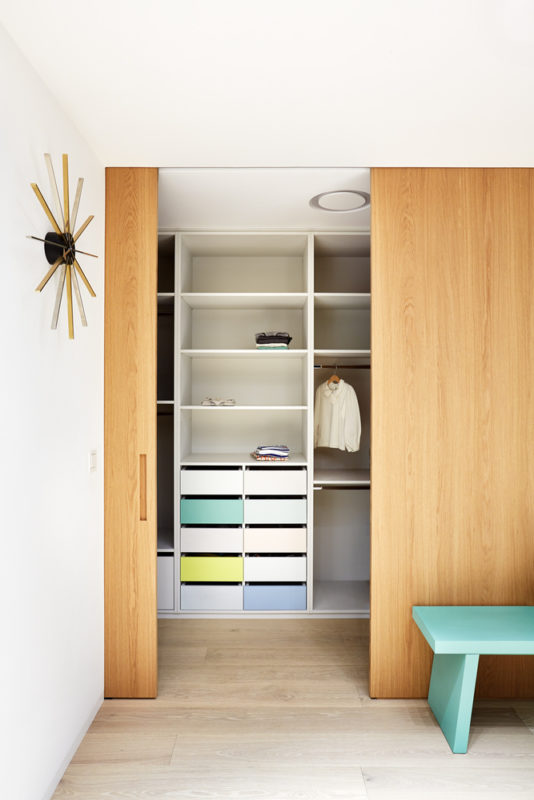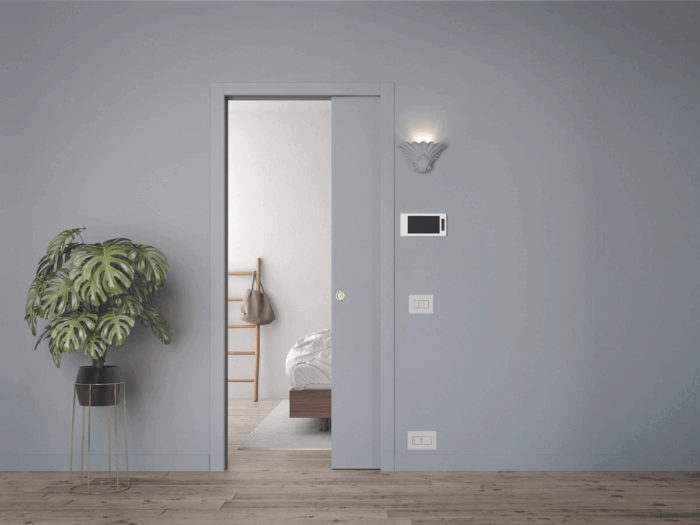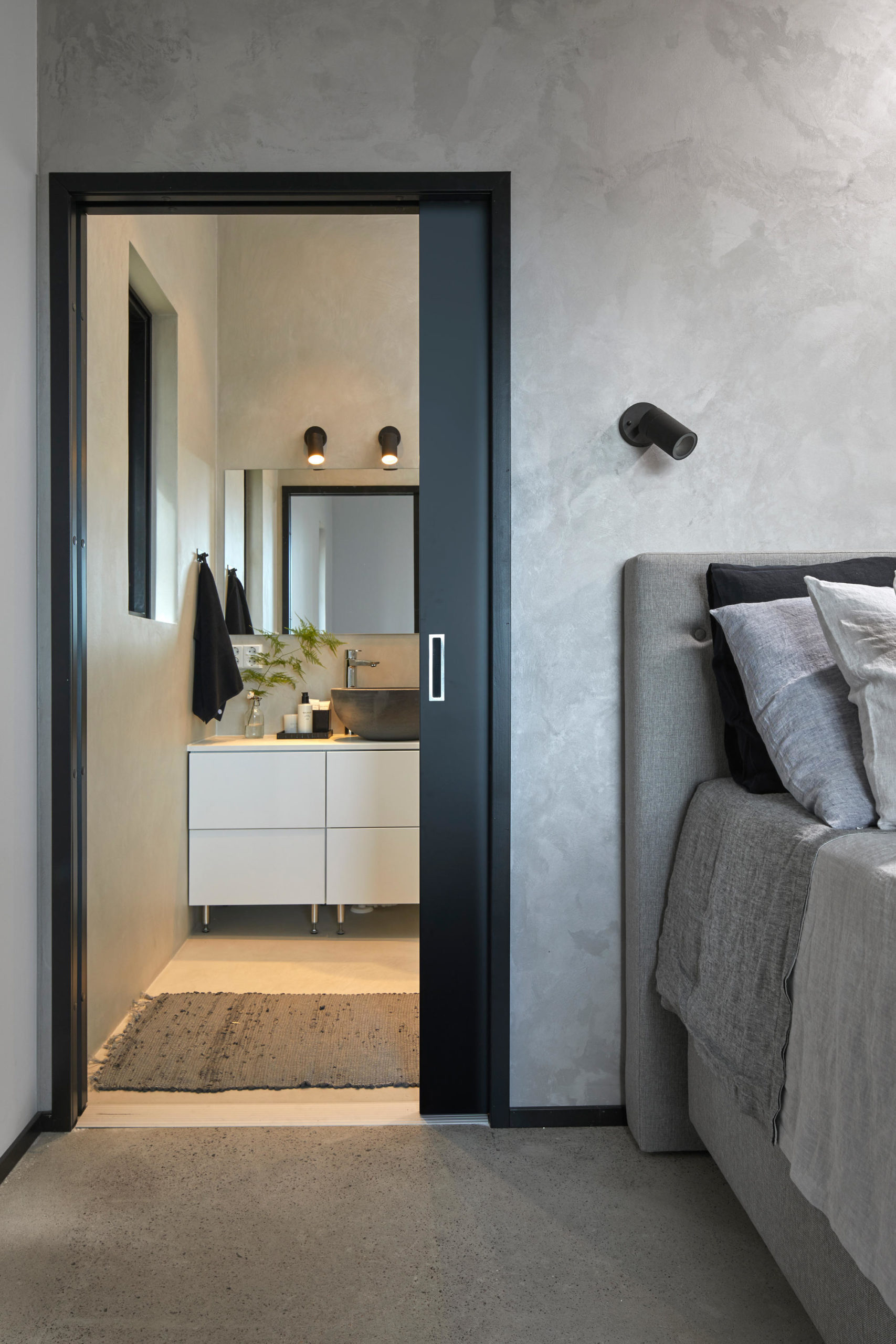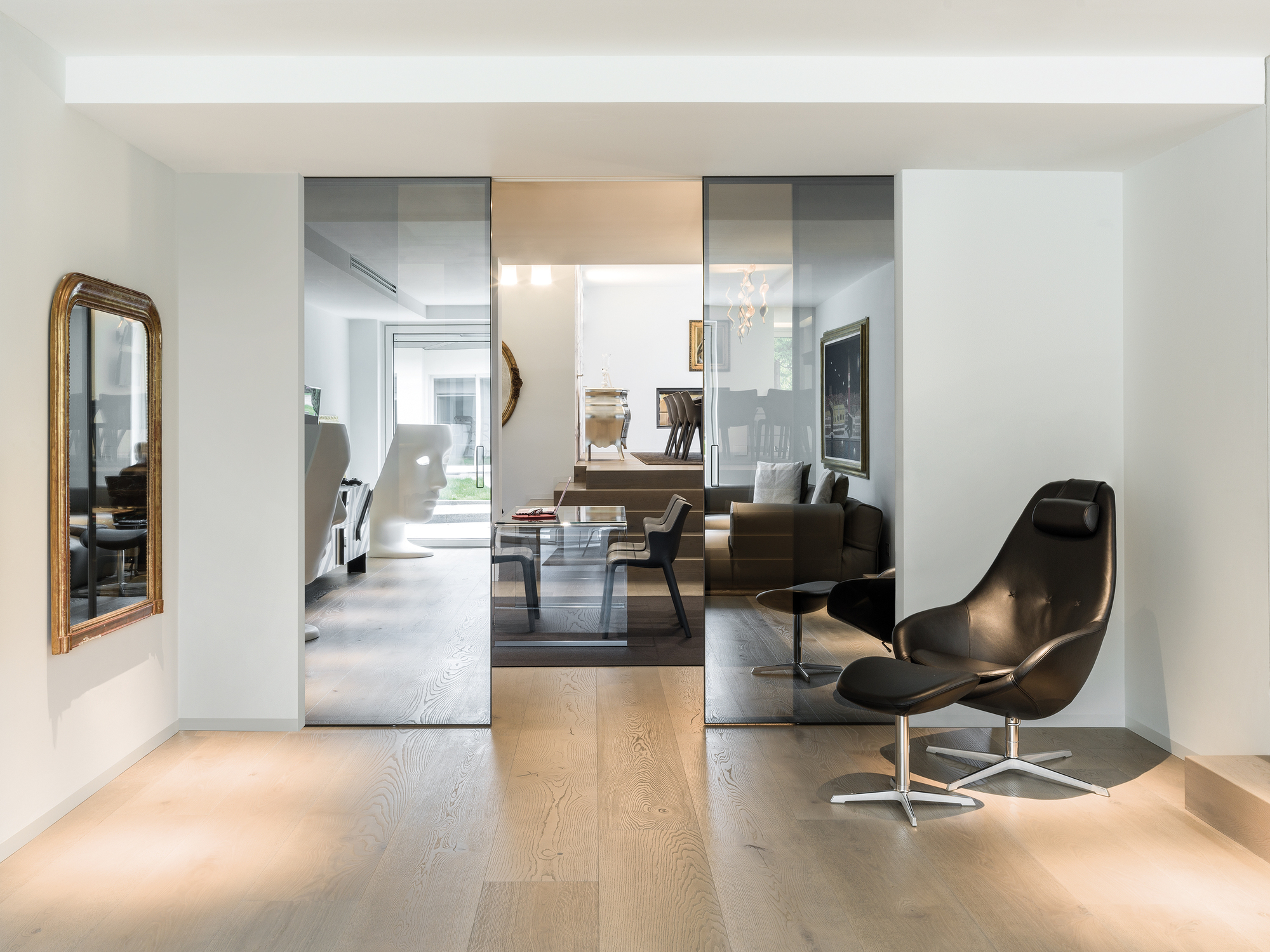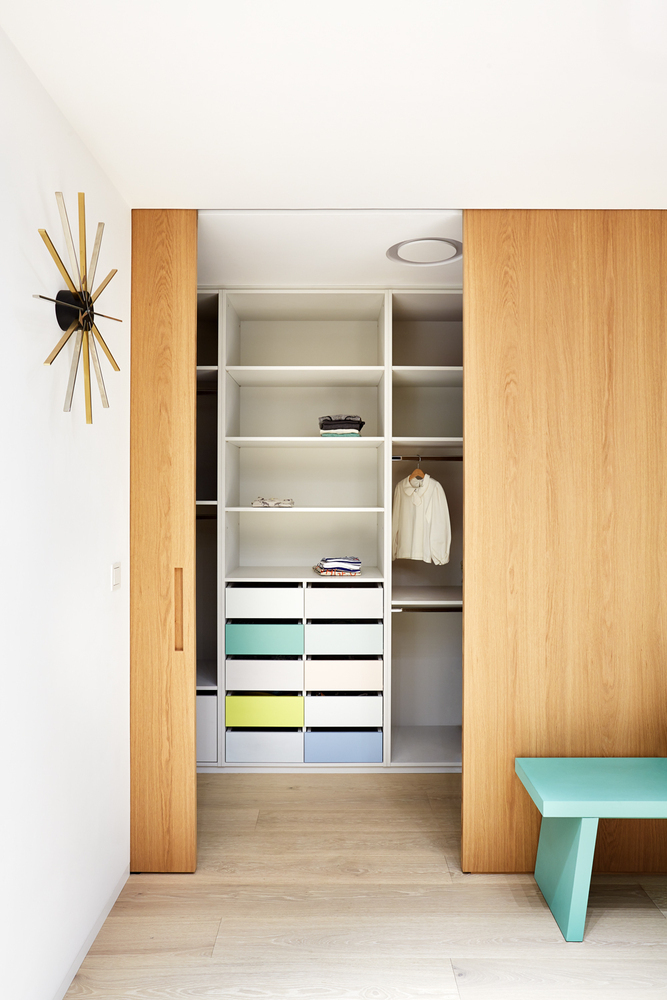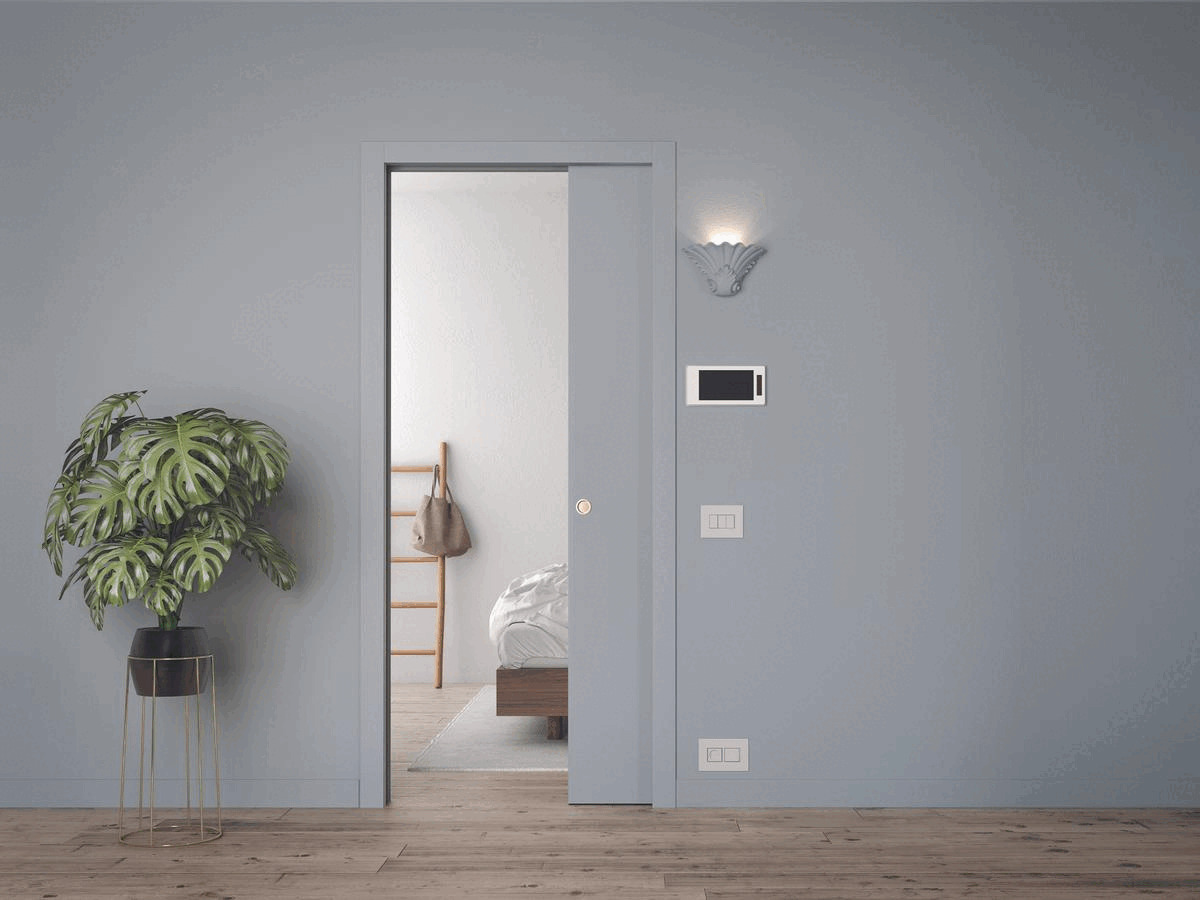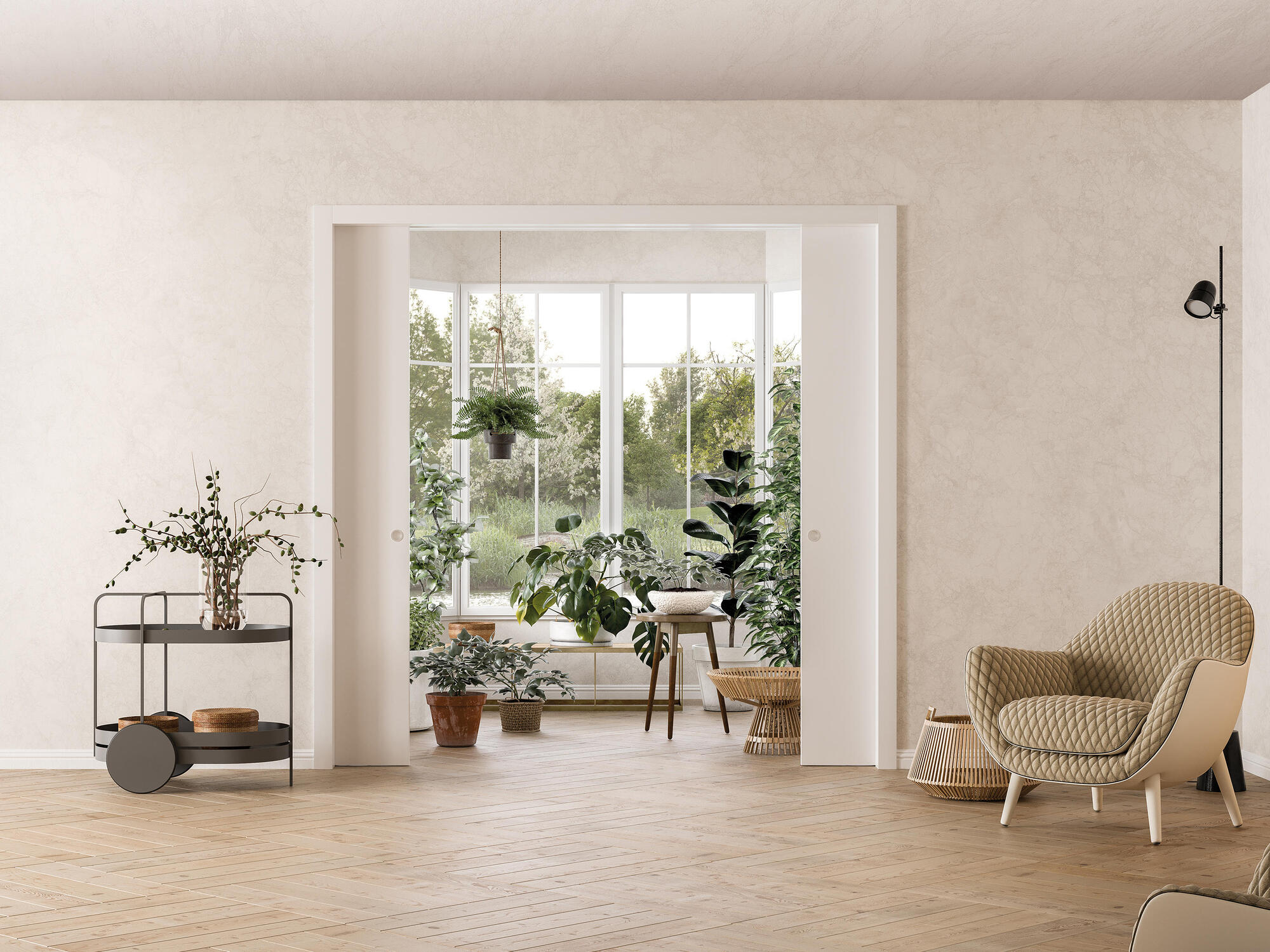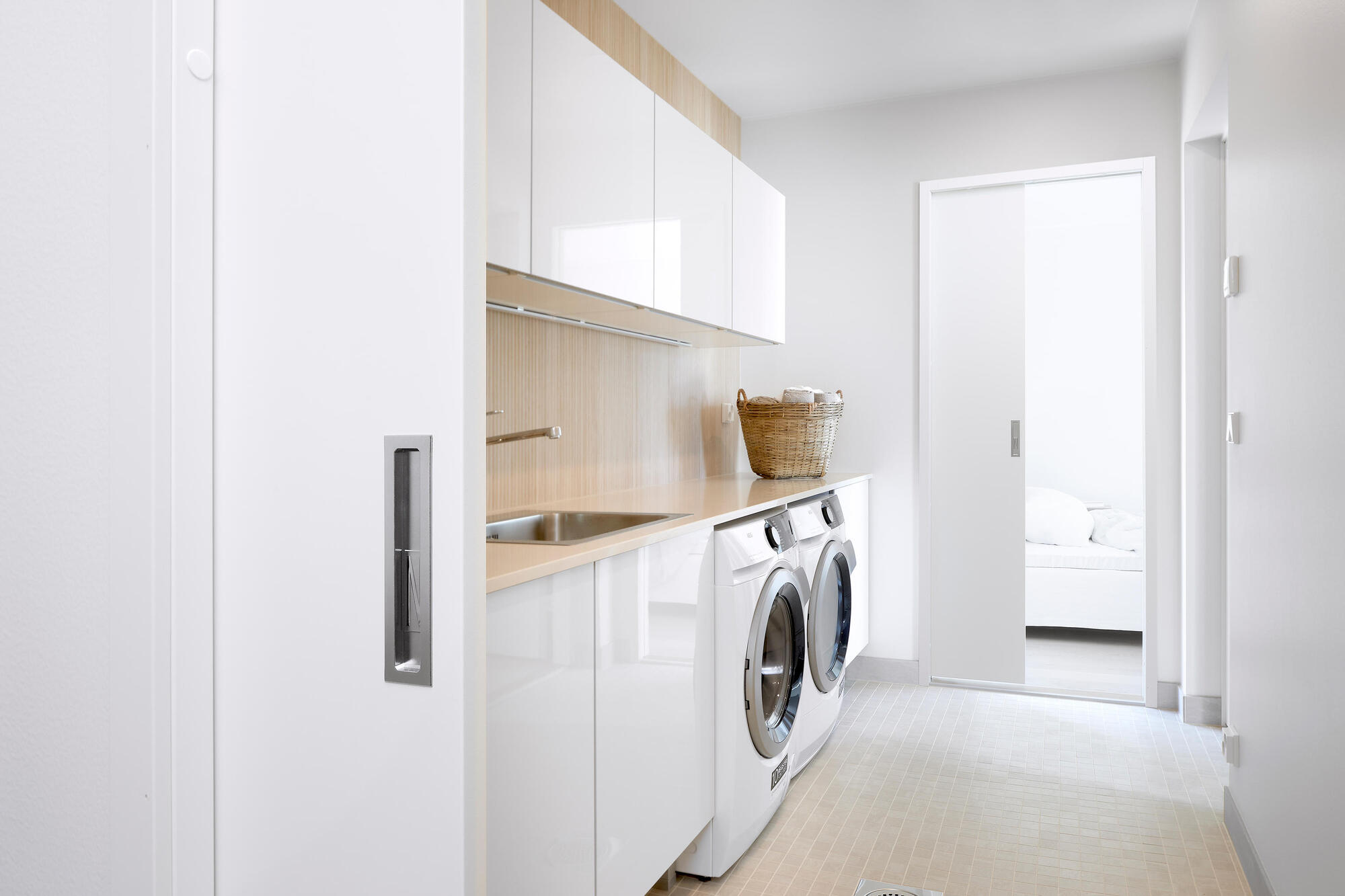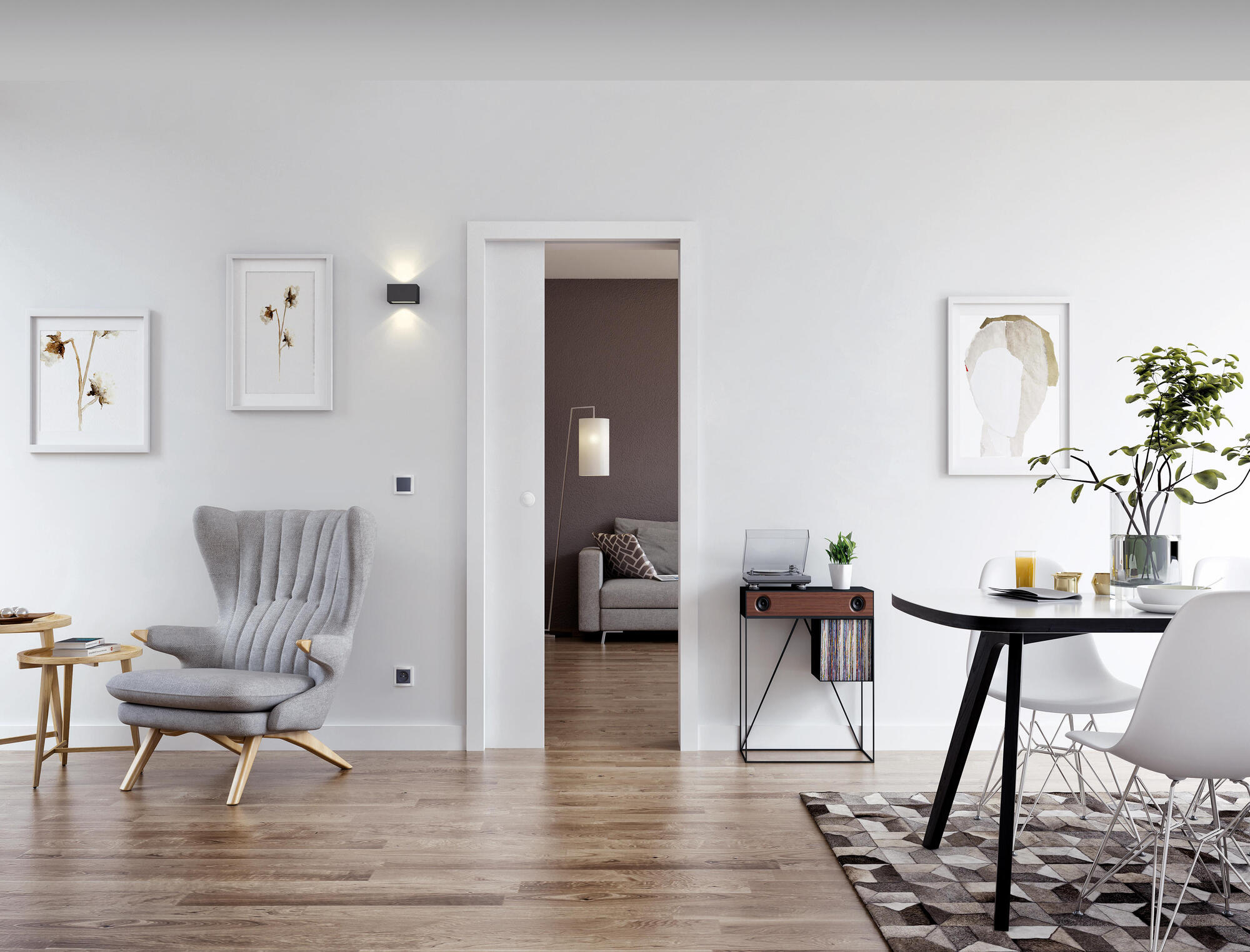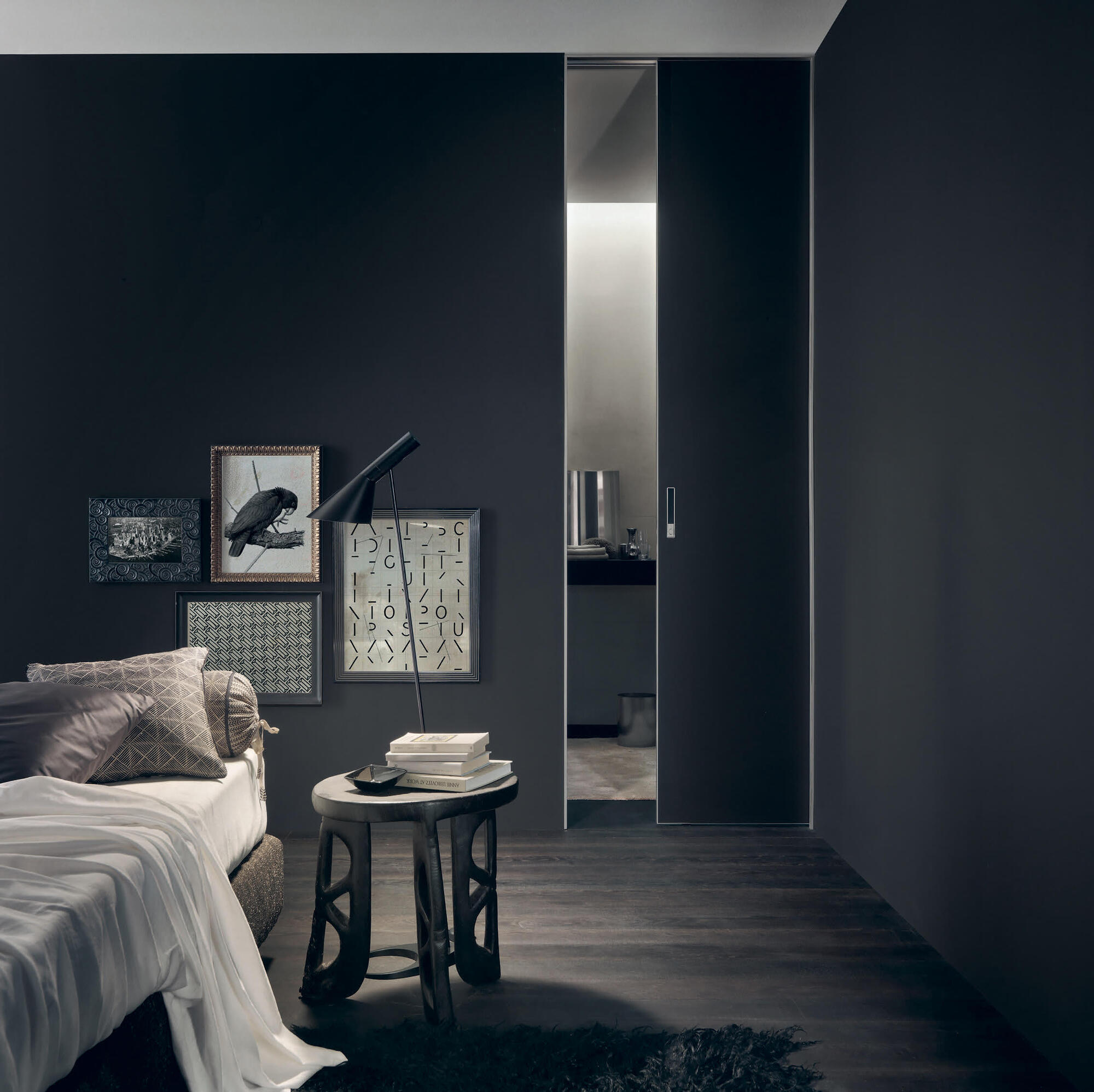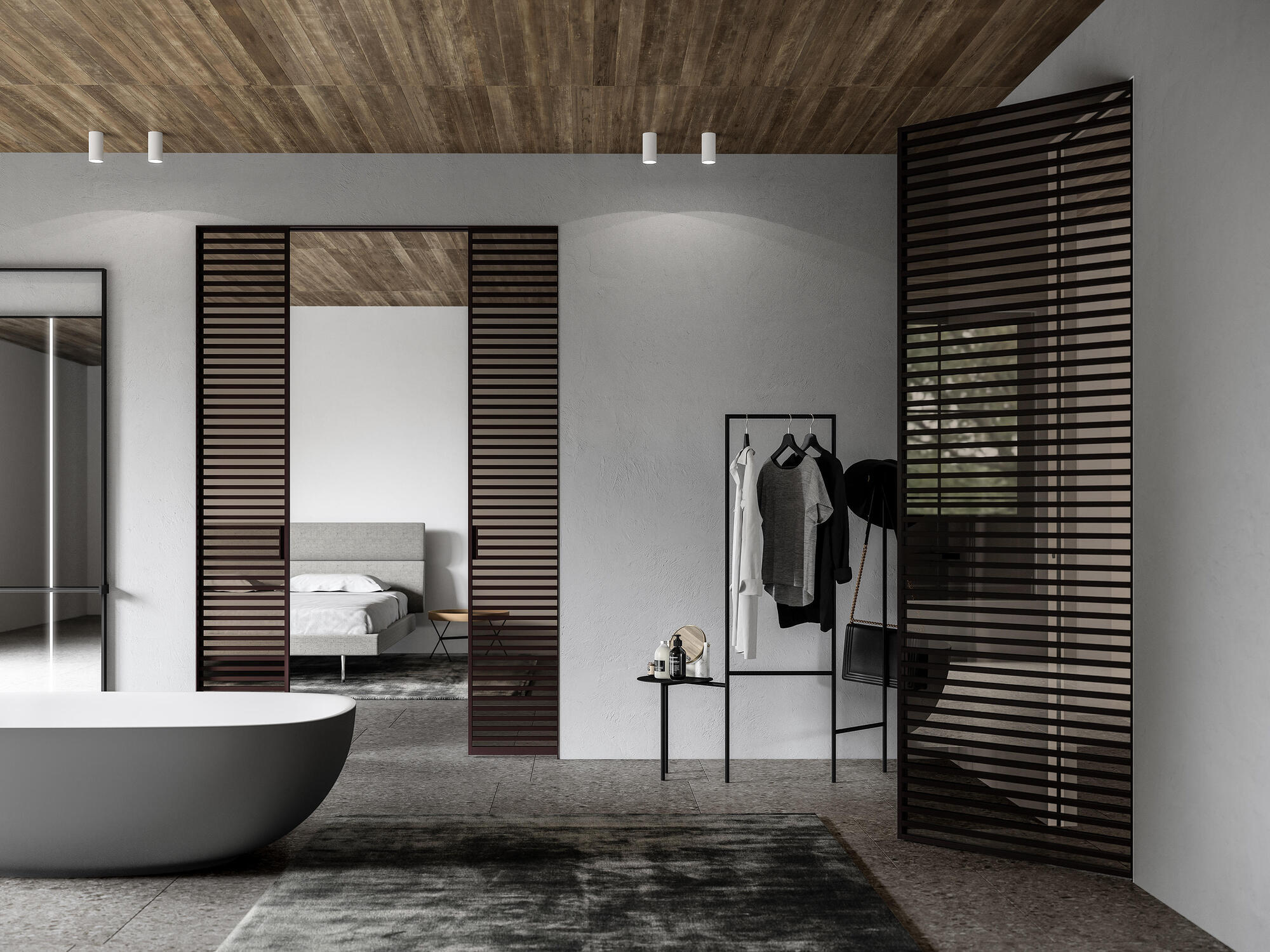I’ve always thought the key to a cozy home is wisely using every square inch. And pocket doors are my unsung heroes when it comes to space-saving wonders. Pocket doors were popular during Victorian architecture; however, in the mid-1920s, pocket doors became obsolete, and hinged doors soon took over. On the other hand, in recent years, a renewed interest in space-saving and design solutions has brought pocket doors back again.
1) What Are Pocket Doors?
2) Pros of a Pocket Door
- Space-Saving Design: This type of door saves space otherwise wasted by swinging doors. Unlike traditional doors that require clearance for opening and closing, pocket doors slide neatly into the wall, freeing up valuable floor space. This is particularly beneficial in smaller rooms or tight spaces.
- Aesthetic Appeal: This door type contributes to a clean and minimalist aesthetic. When open, they create an unobstructed view, enhancing the room’s overall look. Their disappearing act adds a touch of elegance and drama, making even modest chambers feel stylish.
- Improved Flow: Homeowners frequently use pocket doors to connect adjoining rooms, where the door is most often left open. For example, installing pocket doors between a dining room and a living room enables effortless movement between the spaces. The doors can be closed when required to create privacy or minimize noise.
- Historic Authenticity: Doors have a rich history dating back to the Victorian era. Many older homes originally featured doors, which were later replaced with swinging doors. Restoring doors in historic homes adds authenticity and enhances their beauty and grandeur.
3) Cons of a Pocket Door
- Installation and Maintenance: Installing pocket doors can be complicated due to their specialized hardware and precise measurements. Maintenance can also be challenging.
- Limited Noise and Odor Blocking: Unlike solid swinging doors, doors do not provide strong noise insulation or odor containment.
- Interior Wall Space: Doors require sufficient interior wall space to accommodate the door when fully retracted.
- Potential Noisiness: Sometimes, pocket doors can produce noise while sliding due to their mechanical mechanism.


